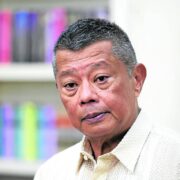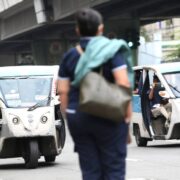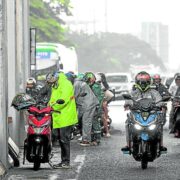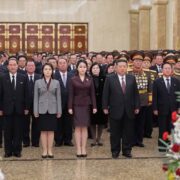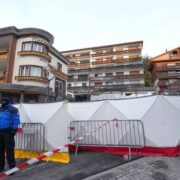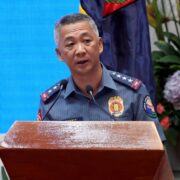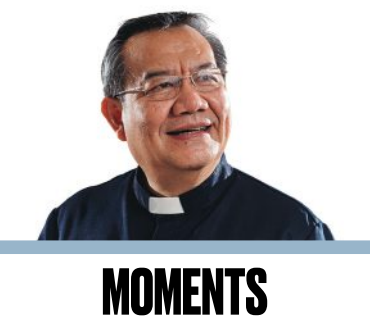Taking up the cudgels for fellow Cordillera IPs
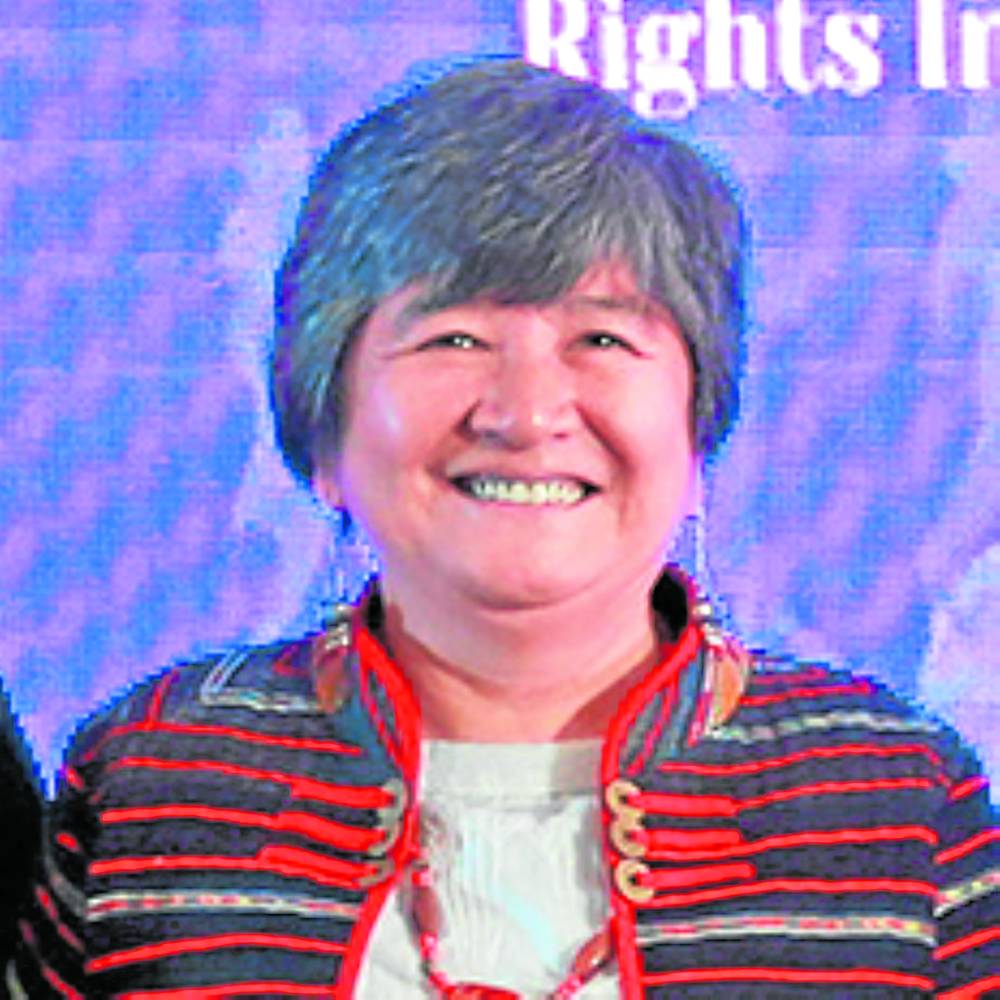
BAGUIO CITY—After over 20 years at the forefront of defending the rights of indigenous peoples (IPs) to their ancestral land, resources and culture, who would have thought that Joan Carling once kept her indigenous identity a secret.
Carling traces her roots to the Kankana-ey clans of Mountain Province but she never revealed her identity to her college classmates because of the stigma attached to tribal people.
But the struggle of her fellow Kankana-ey and the Kalinga tribes against the World Bank-funded Chico River dam project sparked her commitment to defend indigenous land and resources.
Carling was born in Baguio City in 1964. She grew up and finished her primary education in a remote village in the mining town of Itogon in Benguet province, where the logging concession Heald Lumber used to operate. Heald Lumber supplied the materials to the Benguet Corp. for its mine tunnels.
Carling studied sociology and economics at the then University of the Philippines (UP) College Baguio (now UP Baguio) in the early 1980s.
“I did not tell my classmates I am a Kankana-ey because of the stigma against indigenous people then,” she shares.
Activism
She also recalls that she did not seek out a life of activism at UP. But she was drawn into the struggle for the defense of indigenous territories when her fellow Kankana-ey in Mountain Province joined the Kalinga tribes in opposing the Chico River dam, a flagship project of then President Ferdinand Marcos Sr.
The dam, if constructed, would have displaced 100,000 families from 16 Mountain Province and Kalinga villages. Many of those who opposed the project were jailed. Macli-ing Dulag, a Kalinga tribal leader, was assassinated on April 24, 1980, while in an attempt to stop the dam’s construction.
Carling embraced the gargantuan task of defending the indigenous land, resources and culture when she attended the Macli-ing memorial ceremonies in 1984 at Barangay Betwagan in Sadanga town, also in Mountain Province.
“I learned from our indigenous communities that when we destroy our lands, we destroy ourselves. By defending our land, we also defend our future and the generations to come,” she said.
When the San Roque Dam, a flagship project of then President Fidel Ramos, threatened Ibaloy communities in Dalupirip village in Itogon town in the 1990s, Carling was among those who led the opposition.
Ignoring the protests, the government pushed through with the construction of the San Roque Dam, which now stands in San Manuel town in Pangasinan province.
Despite this setback, Carling persisted in championing indigenous rights in various capacities.
Carling was the former chair of the Cordillera Peoples Alliance and the former secretary general of the Asia Indigenous Peoples Pact, based in Thailand. She was also appointed an indigenous expert by the United Nations Economic and Social Council and had served as a member of the UN Permanent Forum on Indigenous Issues from 2014 to 2016.
Attacks
Currently, she is the executive director of Indigenous Peoples Rights International.
Like other rights defenders, Carling also suffered various attacks.
During the administration of former President Rodrigo Duterte, she was among the more than 600 activists whom the Department of Justice (DOJ) sought, through a court petition, to declare as terrorists. The court later dismissed the DOJ petition.
In 1989, Carling was the only Cordilleran among the so-called Maguindanao 16, who were arrested during the administration of the late President Corazon Aquino. They were delegates to a conference on ethnocide and militarization held in Mindanao. The military accused them of being communist rebels, but they were released following the outbreak of protests.
For her unwavering commitment to advance IPs’ rights, Carling was among the Women of Power awardees of the Philippine Daily Inquirer, on March 11 as part of its 38th anniversary celebration.
“The award was a pleasant surprise for me as an awardee. It was a humbling recognition of my passion and dedication to advancing the rights and interests of indigenous peoples and their [link to] environmental protection in the Cordillera region and beyond,” Carling says.
“It is also heartwarming and inspiring to learn about the exemplary initiatives and innovations of so many women across the country, including those also working for marginalized sectors and the environment,” she adds.
Carling notes that recognizing the contributions of women in various fields helps in changing the narrative that women are weak and powerless. INQ



